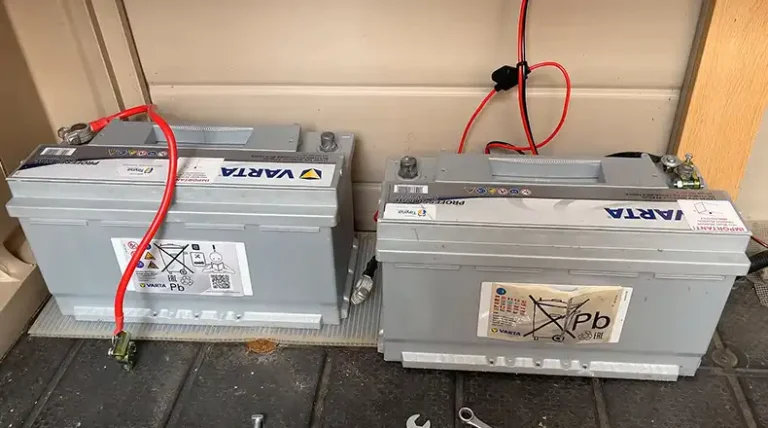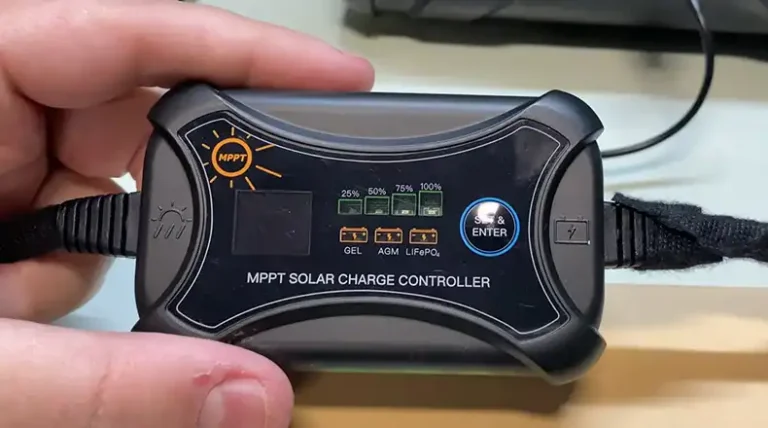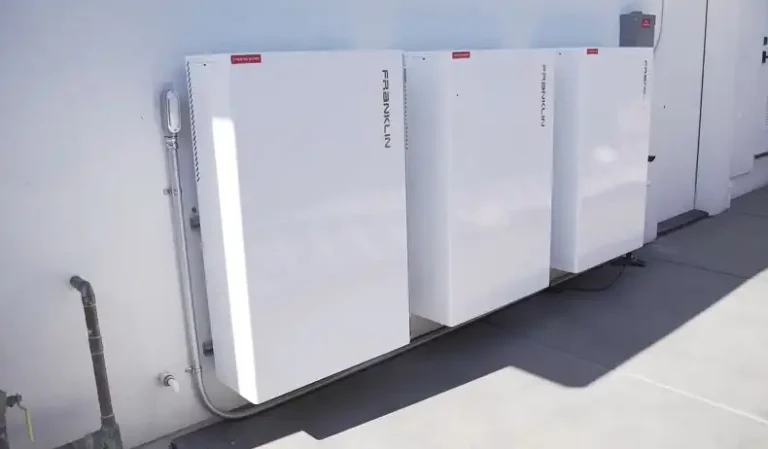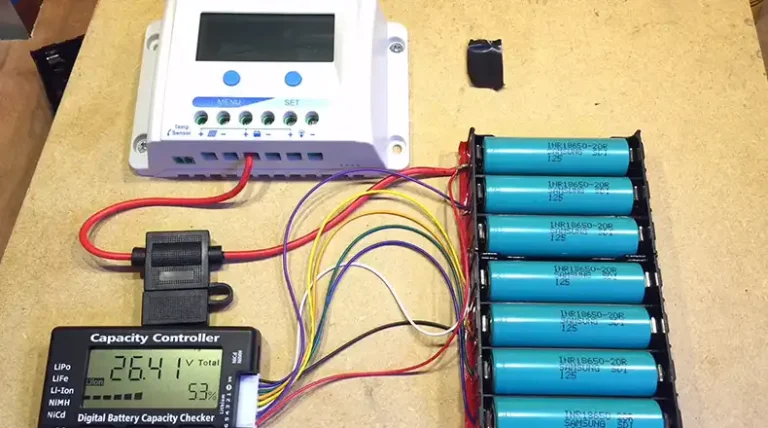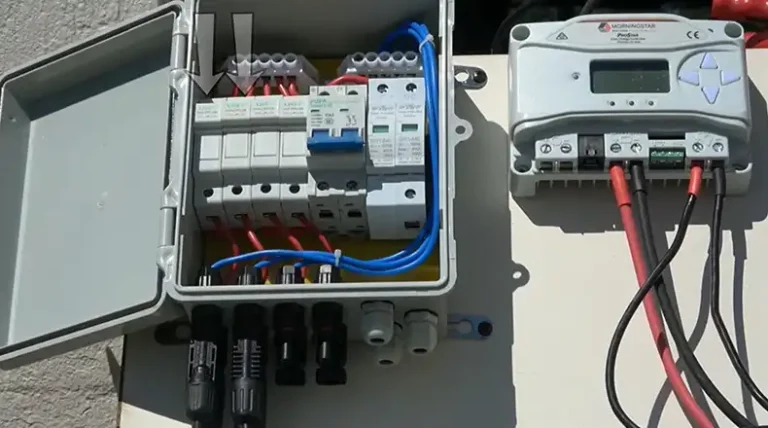The Complete Guide to Lithium-Ion Battery Voltage Charts
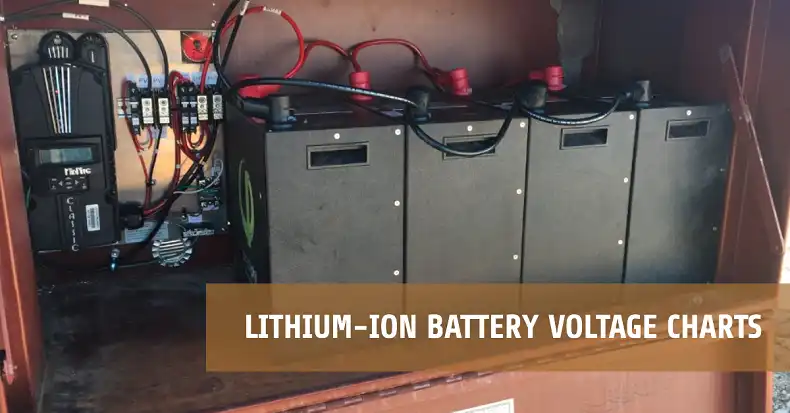
Lithium-ion batteries have revolutionized the way we power our world. From smartphones to electric vehicles and even home energy storage systems, these powerhouses have become an integral part of our daily lives. But to truly harness their potential and ensure their longevity, it’s crucial to understand how they work – and that’s where voltage charts come into play.
How Lithium-Ion Batteries Work
Before we dive into voltage charts, let’s take a moment to understand what makes lithium-ion batteries tick. These rechargeable batteries use lithium ions as their primary charge carriers. During charging and discharging, these ions move between the anode (usually made of graphite) and the cathode (a lithium complex).
What sets lithium-ion batteries apart from their predecessors? For starters, they boast high energy density, which means they can store a lot of power in a compact size. They also have a low self-discharge rate, so they retain their charge even when not in use. Plus, they’re lightweight and can be recharged quickly – no wonder they’ve become so popular!
The Importance of Voltage in Lithium-Ion Batteries
Now, let’s talk about voltage. In simple terms, voltage is the electrical pressure that pushes electrons through a circuit. For lithium-ion batteries, voltage is crucial because it directly relates to how much energy the battery can store and deliver.
Think of voltage like water pressure in a hose. The higher the pressure, the more water (or in our case, energy) can flow. But just like too much water pressure can burst a hose, too high a voltage can damage a battery. That’s why understanding voltage charts is so important for anyone using or working with lithium-ion batteries.
Lithium-Ion Battery Voltage Chart Explained
A lithium-ion battery voltage chart might look intimidating at first glance, but it’s actually quite straightforward once you know what you’re looking at. Let’s break it down:
| Charge Capacity (%) | 1 Cell Voltage | 12V Battery | 24V Battery | 48V Battery |
| 100 | 3.40V | 13.6V | 27.2V | 54.4V |
| 90 | 3.35V | 13.4V | 26.8V | 53.6V |
| 80 | 3.32V | 13.3V | 26.6V | 53.1V |
| 70 | 3.30V | 13.2V | 26.4V | 52.8V |
| 60 | 3.27V | 13.1V | 26.1V | 52.3V |
| 50 | 3.26V | 13.0V | 26.0V | 52.2V |
| 40 | 3.25V | 13.0V | 26.0V | 52.0V |
| 30 | 3.22V | 12.9V | 25.8V | 51.6V |
| 20 | 3.20V | 12.8V | 25.6V | 51.2V |
| 10 | 3.00V | 12.0V | 24.0V | 48.0V |
| 0 | 2.50V | 10.0V | 20.0V | 40.0V |
This chart shows how voltage changes as the battery’s charge capacity decreases. Notice how the voltage doesn’t drop linearly – it stays relatively stable until the battery is nearly depleted. This is one of the advantages of lithium-ion batteries: they maintain a steady voltage throughout most of their discharge cycle.

Image: Lithium-ion battery voltage chart
Key Voltage Terms Explained
When working with lithium-ion batteries, you’ll come across several voltage-related terms. Let’s explain them:
- Nominal Voltage: This is the battery’s “advertised” voltage. For a single lithium-ion cell, it’s typically 3.6V or 3.7V.
- Open Circuit Voltage: This is the voltage when the battery isn’t connected to anything. It’s usually around 3.6V to 3.7V for a fully charged cell.
- Working Voltage: This is the actual voltage when the battery is in use. It’s generally lower than the open circuit voltage due to internal resistance.
- Cut-off Voltage: This is the minimum voltage allowed during discharge, usually around 2.5V to 3.0V per cell. Going below this can damage the battery.
- Charging Voltage: This is the voltage applied to charge the battery, typically 4.2V per cell for most lithium-ion batteries.
The Voltage-Charge Relationship: Why It Matters
The relationship between voltage and charge is at the heart of lithium-ion battery operation. As the battery discharges, its voltage gradually decreases. This voltage can tell us a lot about the battery’s state of charge (SoC) – how much energy is left in the battery.
Here’s a simplified SoC chart for a typical lithium-ion battery:
| State of Charge | Voltage per Cell |
| 100% | 4.2V |
| 90% | 4.0V |
| 80% | 3.9V |
| 70% | 3.8V |
| 60% | 3.7V |
| 50% | 3.6V |
| 40% | 3.5V |
| 30% | 3.4V |
| 20% | 3.3V |
| 10% | 3.2V |
| 0% | 3.0V |
Understanding this relationship is crucial for several reasons:
- Performance: Devices are designed to operate within a specific voltage range. Knowing the voltage helps ensure optimal performance.
- Safety: Overcharging or over-discharging can damage the battery or even pose safety risks. Monitoring voltage helps prevent these issues.
- Longevity: Keeping the battery within its ideal voltage range can significantly extend its lifespan.
Lithium-Ion Battery Types and Their Voltage Characteristics
Not all lithium-ion batteries are created equal. Different chemistries have different voltage characteristics. Here’s a quick overview:
| Battery Type | Nominal Voltage | Charging Voltage | Discharge Cut-off |
| Lithium Cobalt Oxide | 3.6V | 4.2V | 3.0V |
| Lithium Manganese Oxide | 3.7V | 4.2V | 3.0V |
| Lithium Iron Phosphate | 3.2V | 3.65V | 2.5V |
| Lithium Nickel Manganese Cobalt Oxide | 3.6V | 4.2V | 3.0V |
Each type has its strengths and ideal applications. For example, Lithium Iron Phosphate (LiFePO4) batteries are known for their safety and long cycle life, making them popular for solar energy storage and electric vehicles.
The Lifecycle of a Lithium-Ion Battery
One of the most impressive features of lithium-ion batteries is their long lifecycle. With proper care, a high-quality lithium-ion battery can last for thousands of charge-discharge cycles. But how many exactly?
The answer depends on several factors, including the depth of discharge (how much of the battery’s capacity is used before recharging) and the operating conditions. Generally, limiting the depth of discharge to 80% or less can significantly extend the battery’s life.
For example, a well-maintained lithium-ion battery might achieve:
- 6,000 cycles when discharged to 90% capacity
- 4,000 cycles when discharged to 100% capacity
That means if you fully charged and discharged your battery every day, it could potentially last over 10 years! Of course, real-world conditions aren’t always ideal, but it gives you an idea of just how long-lasting these batteries can be.
Practical Tips for Lithium-Ion Battery Care
Now that we understand the importance of voltage in lithium-ion batteries, let’s look at some practical tips to keep your batteries in top shape:
- Avoid extreme temperatures: Lithium-ion batteries don’t like extreme heat or cold. Try to keep them between 20°C and 25°C (68°F to 77°F) for optimal performance and longevity.
- Don’t fully discharge: While it’s okay to do occasionally, try not to regularly drain your battery to 0%. Aim to recharge when it reaches about 20% capacity.
- Avoid overcharging: Most modern devices have safeguards against this, but it’s still good practice to unplug once your device is fully charged.
- Use the right charger: Always use a charger designed for your specific battery or device.
- Store at partial charge: If you’re not using a battery for a while, store it at about 40% to 50% charge.
Certainly! I’ll answer some frequently asked questions (FAQs) that are relevant to the article and not already covered. Here are some additional FAQs we can include:
Frequently Asked Questions
What is the ideal voltage for a lithium-ion battery?
The ideal voltage for a lithium-ion battery depends on its state of charge and specific chemistry. For a typical lithium-ion cell, the ideal voltage when fully charged is about 4.2V. During use, the ideal operating voltage is usually between 3.6V and 3.7V.
What voltage is 50% for a lithium battery?
For a standard lithium-ion cell, 50% charge is typically around 3.6V to 3.7V. However, this can vary slightly depending on the specific battery chemistry and design.
Is 13.2 volts good for a battery?
For a 12V lithium-ion battery (which is typically made up of 4 cells in series), 13.2V indicates a charge level of about 70-80%, which is generally considered good. It means the battery has plenty of charge remaining.
Should lithium batteries be 100% charged?
While it’s not harmful to occasionally charge lithium batteries to 100%, it’s generally better for battery longevity to keep them between 20% and 80% charged. Constantly keeping a lithium battery at 100% charge can slightly reduce its lifespan over time.
What voltage is 0% lithium ion?
The voltage at 0% charge for a lithium-ion cell is typically around 2.5V to 3.0V, depending on the specific chemistry. However, it’s important to note that discharging a lithium-ion battery to 0% can damage it and should be avoided.


